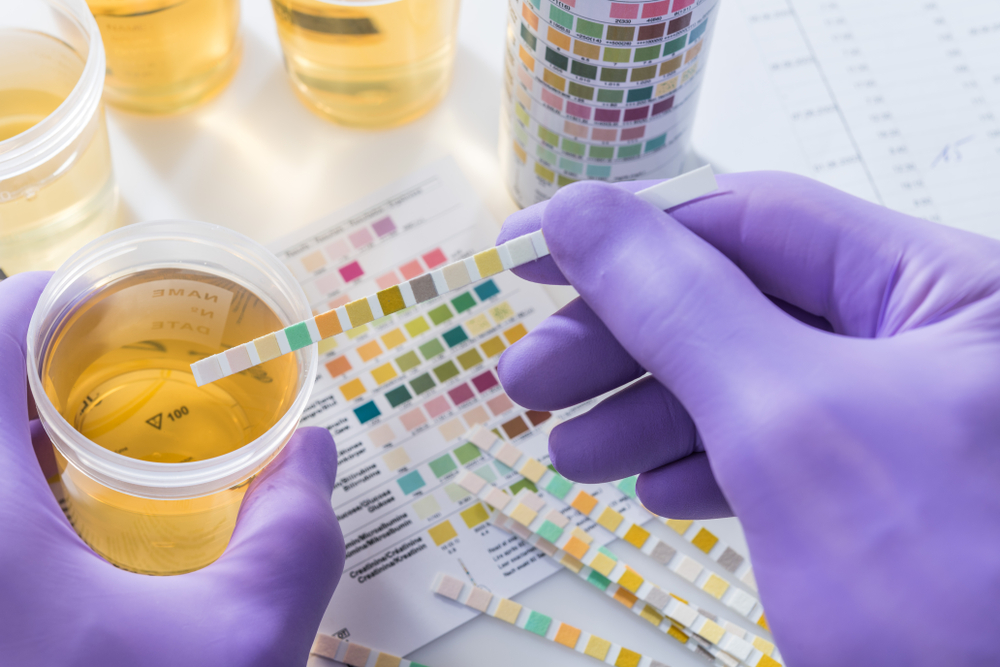The state of your organs can be revealed through urination. Age, family history, and consumption of certain foods are some of the factors that will influence your health.
Filtering waste and excess water from the blood through urine is a natural process that occurs several times a day. According to the U.S. National Library of Medicine’s online information service, urine travels from the kidneys to the bladder through two thin tubes called ureters. From there, the bladder stores urine and if your urinary system is working normally, it can store up to 16 ounces of urine for two to five hours.
Doctors at the Mayo Clinic say normal urine color ranges from light yellow to dark amber, and is a result of a pigment called urochrome and how diluted or concentrated the urine is.
According to Dr. Felipe Morales, when a person is dehydrated, the kidneys retain water in the body, making the urine have a strong yellow color. The opposite happens when one drinks a lot of water or diuretics because when the kidneys allow the loss of water, the urine tends to be very clear.

She also mentions that other causes that can cause the color of urine to undergo drastic changes are different diseases and the consumption of drugs, but also the consumption of natural drinks and foods such as blackberries or other artificial foods that contain colorants. While the variation in yellow tones can indicate that you should consume more water or that your hydration level is correct, some colors can be indicators of a problem in a specific organ.
Red or pink urine can be caused by eating beets, blueberries, and other foods, antibiotics, or other medications. Additionally, Mayo Clinic professionals say that blood in urine can be caused by urinary tract infections, enlarged prostate, cancerous and noncancerous tumors, kidney cysts, long-distance running, and kidney or bladder stones.
As for orange urine, they say it can indicate a problem with the liver or bile ducts, especially if your stools are also light-colored. Eating too much vitamin B as well as foods with orange or red tints can also cause this color.
Although it can be a clear sign of dehydration, brown urine can also be a factor related to liver and kidney disorders, and some urinary infections. In addition, doctors say that muscle injuries caused by extreme exercise can cause kidney damage and urine of this color. For his part, Morales explains that the consumption of laxatives and muscle relaxants can also cause it.

Green or blue urine is rare and is mainly caused by the consumption of products with coloring, medications vitamin supplements, or urinary diseases. Although the symptom also occurs in other cases, burning is usually present when the urine is of these colors.
As for clear urine, Morales says it is due to excessive water consumption. He recommends paying attention to this because although water provides the body with benefits such as regulating body temperature, preventing constipation, and improving the immune system, drinking large amounts of it can cause the body to lose essential elements such as salt.
If you have abnormal colors in your urine, an infection, problems controlling fluid retention in your bladder, or other problems, it is recommended that you seek medical attention as soon as possible. In addition to a urinalysis, which will check not only the color and appearance of the urine but also its acidity (pH) level, whether it contains bacteria or other substances that should not be there, such as blood or proteins, other tests will also be performed to diagnose the problem and find solutions. Treatment varies depending on the cause.























+ There are no comments
Add yours